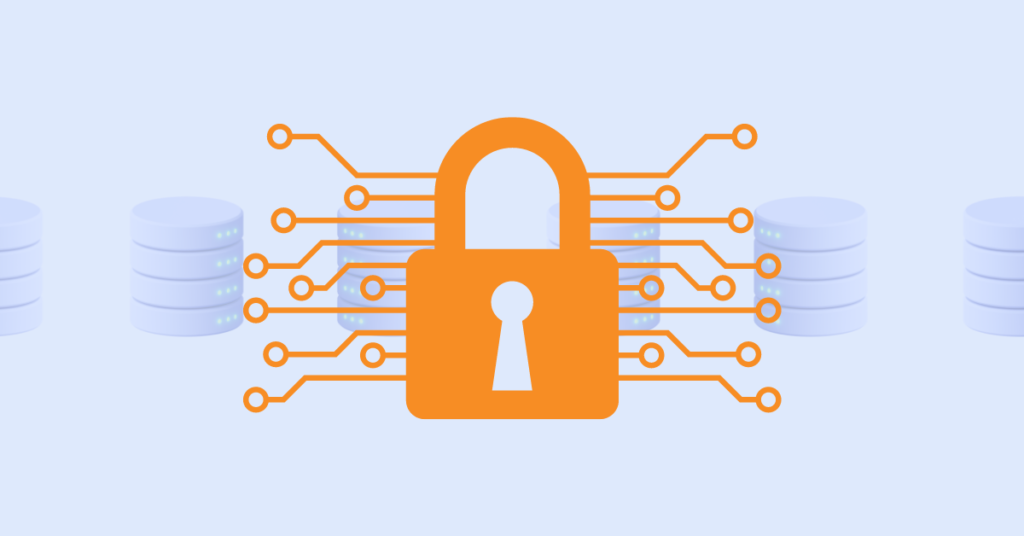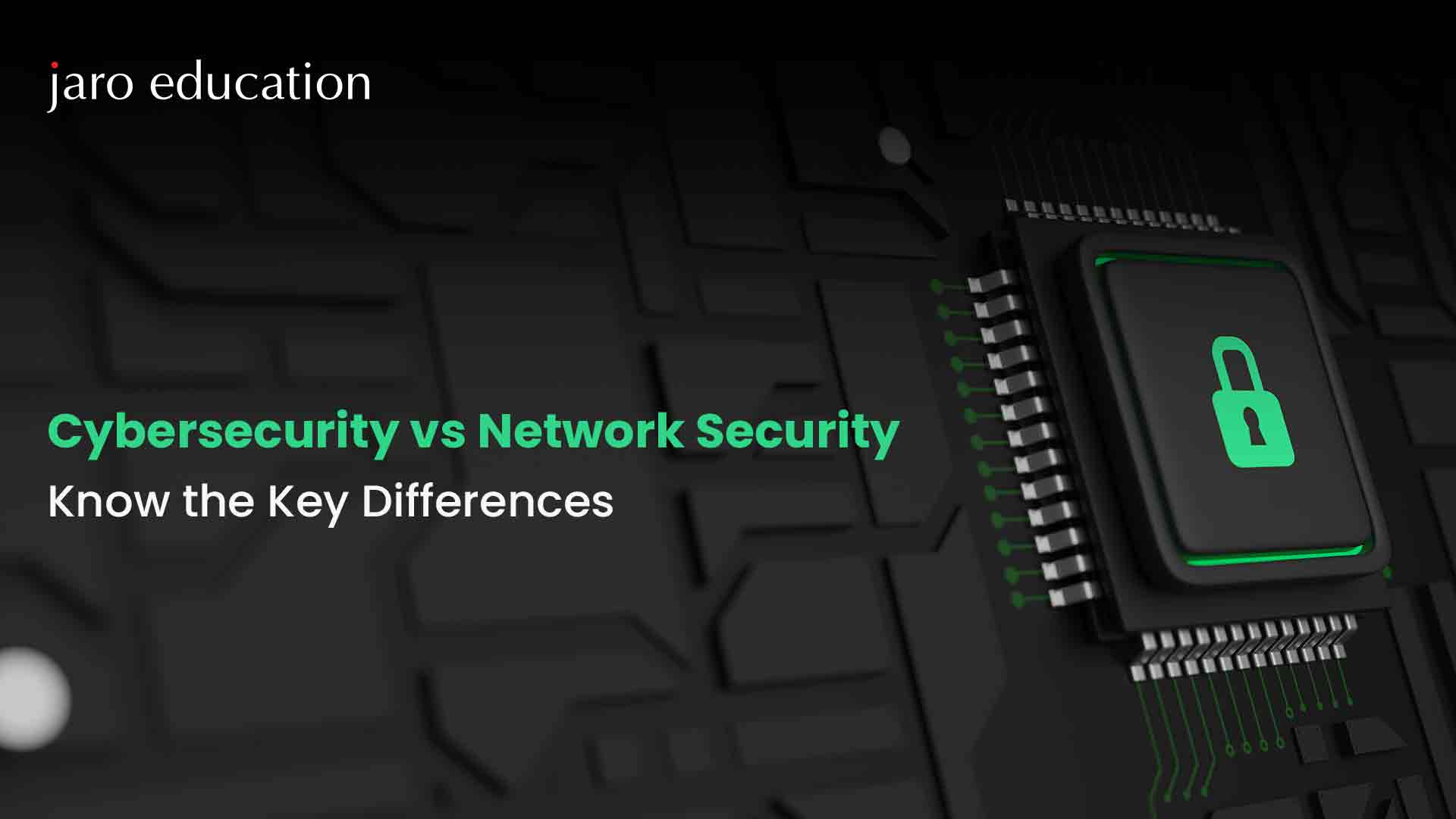Exactly How Information and Network Protection Protects Versus Arising Cyber Dangers
In a period marked by the fast evolution of cyber dangers, the significance of data and network security has never ever been a lot more pronounced. As these risks come to be a lot more complex, recognizing the interplay in between information safety and security and network defenses is essential for minimizing threats.
Understanding Cyber Dangers

The ever-evolving nature of technology consistently introduces new susceptabilities, making it imperative for stakeholders to stay watchful. People may unwittingly succumb to social design techniques, where opponents control them right into revealing delicate details. Organizations face special challenges, as cybercriminals usually target them to make use of beneficial data or interfere with operations.
Furthermore, the increase of the Internet of Points (IoT) has actually increased the strike surface, as interconnected tools can work as access factors for aggressors. Identifying the importance of robust cybersecurity techniques is important for minimizing these threats. By fostering a detailed understanding of cyber organizations, threats and individuals can implement reliable strategies to protect their electronic possessions, making certain resilience in the face of an increasingly complex hazard landscape.
Secret Parts of Information Security
Guaranteeing data safety and security needs a diverse technique that incorporates numerous vital components. One essential element is data encryption, which changes delicate details right into an unreadable format, available only to licensed users with the suitable decryption keys. This offers as a vital line of protection versus unauthorized access.
Another vital part is accessibility control, which controls that can see or adjust data. By carrying out strict user verification methods and role-based accessibility controls, companies can lessen the risk of expert dangers and data violations.

Furthermore, data masking techniques can be used to safeguard delicate info while still enabling its use in non-production environments, such as testing and development. fft perimeter intrusion solutions.
Network Safety And Security Approaches
Carrying out robust network safety and security techniques is vital for protecting an organization's electronic facilities. These techniques involve a multi-layered approach that consists of both software and hardware solutions made to safeguard the integrity, confidentiality, and schedule of data.
One crucial part of network safety is the implementation of firewall softwares, which act as an obstacle between trusted interior networks and untrusted external networks. Firewall programs can be hardware-based, software-based, or a mix of both, and they help filter incoming and outward bound web traffic based on predefined safety guidelines.
In addition, invasion discovery and prevention systems (IDPS) play an essential function in monitoring network website traffic for suspicious tasks. These systems can alert managers to prospective breaches and take action to mitigate dangers in real-time. Frequently upgrading and patching software program is also critical, as susceptabilities can be exploited by cybercriminals.
Moreover, implementing Virtual Private Networks (VPNs) makes sure safe and secure remote gain access to, encrypting data transferred over public networks. Segmenting networks can decrease the assault surface area and contain potential violations, limiting their impact on the general framework. By taking on these strategies, organizations can successfully strengthen their networks against emerging cyber hazards.
Finest Practices for Organizations
Establishing finest methods for organizations is crucial in maintaining a strong safety stance. A thorough approach to data and network safety starts with routine threat assessments to determine susceptabilities and prospective threats. Organizations ought to execute robust access controls, making certain that just accredited employees can access delicate information and systems. Multi-factor verification (MFA) must be a standard requirement to boost security layers.
Furthermore, continuous employee training and awareness programs are crucial. Workers ought to be enlightened on identifying phishing attempts, social design techniques, and the importance of sticking to safety protocols. Normal updates and patch management for software program and systems are also important to safeguard against known vulnerabilities.
Organizations need to create and check event feedback intends to guarantee preparedness for potential violations. This consists of establishing clear interaction channels and roles throughout a safety and security occurrence. Data file encryption ought to be used both at remainder and in transit to secure delicate information.
Finally, carrying out regular audits and conformity checks will help make certain adherence to pertinent regulations and well established plans - fft perimeter intrusion solutions. By adhering to these best weblink methods, companies can considerably improve their strength versus arising cyber hazards and protect their important properties
Future Trends in Cybersecurity
As companies navigate an increasingly complicated digital landscape, the future of cybersecurity is positioned to advance significantly, driven by changing and emerging innovations danger standards. One famous pattern is the combination of expert system (AI) and equipment understanding (ML) right into security structures, permitting for real-time hazard discovery and response automation. These innovations can evaluate large amounts of information to recognize abnormalities and prospective violations a lot more effectively than standard techniques.
Another crucial trend is the surge of zero-trust design, which needs continuous verification of user identifications and tool safety, no matter their location. This strategy lessens the risk of expert risks and enhances defense against external assaults.
Furthermore, the raising adoption of cloud solutions demands robust cloud protection methods that deal with one-of-a-kind vulnerabilities related to cloud settings. As remote job comes to be a permanent component, protecting endpoints will additionally become extremely important, bring about a raised emphasis on endpoint detection and reaction (EDR) services.
Last but not least, regulative conformity will certainly remain to shape cybersecurity techniques, pushing companies to adopt a lot more stringent information protection procedures. Accepting these fads will be essential for companies to strengthen their defenses and browse the evolving landscape of cyber dangers properly.
Conclusion
In conclusion, the implementation of robust information and network safety measures is essential for companies to secure versus arising cyber hazards. By utilizing file encryption, access control, and effective network protection techniques, companies can dramatically decrease susceptabilities and shield delicate info.
In a period marked by the fast evolution of cyber hazards, the value of information and sites network safety has never ever been much more noticable. As these threats become more intricate, recognizing the interplay in between data safety and network defenses is necessary for mitigating risks. Cyber hazards include a vast range of destructive activities intended at endangering the confidentiality, honesty, and schedule of data and networks. A thorough method to information and network safety and security starts with normal danger analyses to recognize vulnerabilities and potential threats.In final thought, the execution of robust data and network safety and security actions is vital see page for companies to secure versus arising cyber risks.